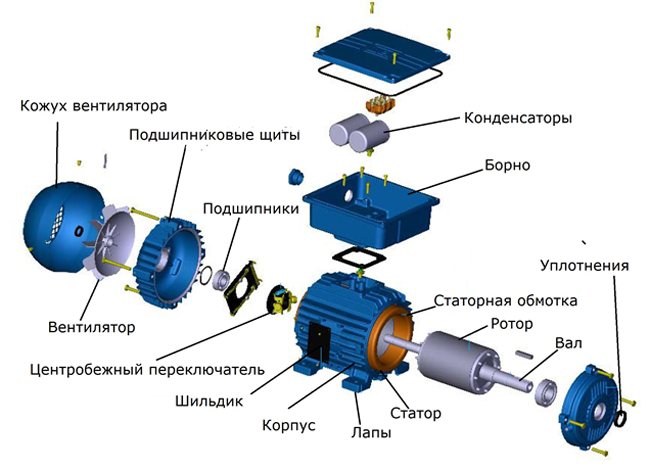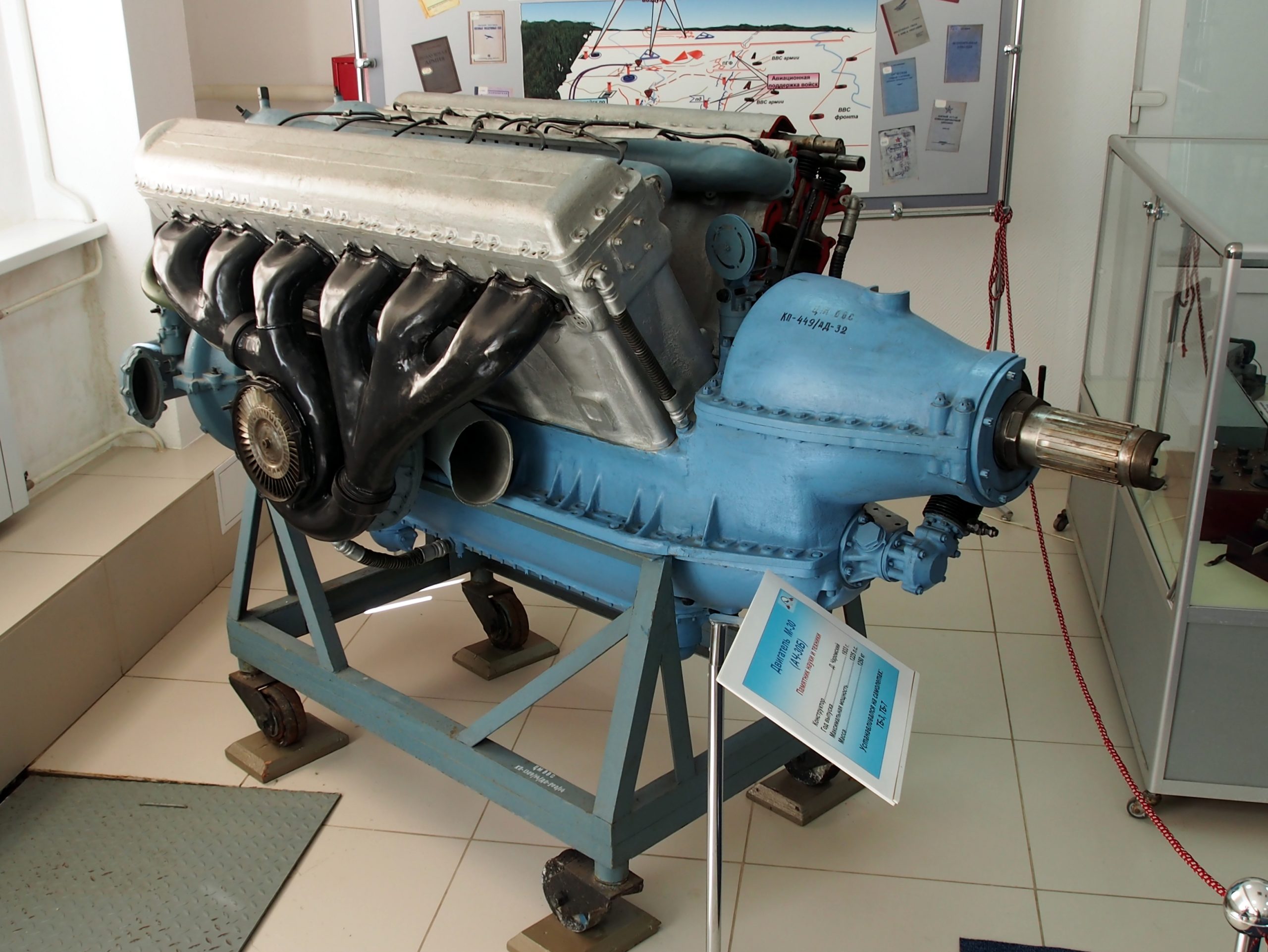
230V motor - design and principle of operation. Why are single-phase electric motors used in home networks?
Content
At present, it is difficult to imagine everyday work without 230 V motors. Although they are less efficient than three-phase, they are powerful enough to generate torque for household appliances. Motor 230V - what else is worth knowing about it?
What is a 230V single phase motor?
This is nothing more than an electrical machine, the task of which is to convert electrical energy into mechanical energy. Regardless of the voltage supplying such a motor, several repeating elements of each of them can be distinguished. It's all about:
- rotor;
- commutatory;
- brushes;
- magnets.
In addition, 230V motors almost always have a capacitor. Its work is necessary to obtain the torque necessary to start the rotation.
Single-phase motor and working principle
A product of this type has a somewhat complex design, despite the fact that it operates on a single phase. Its most important feature is the location of one winding connected to the phase around the rotor. There is also a second auxiliary winding, the task of which is to accelerate the starting shaft. This is done by biasing the voltage transfer to the winding depending on the power supply to the main winding. The difference in the moment when voltage appears on the windings allows you to create a moment that will rotate the rotor. After a short operation of both windings, the starting element is disconnected from the power source.
Single-phase electric motor - what is it used for?
Why do many households, shops or companies use single-phase designs? In terms of efficiency, three-phase motors are more efficient. There are several reasons for this, and one of them is the compact size of the device. Thanks to this, the design of the entire equipment can be small and quiet. In addition, the use of a 230 V motor is relevant in household networks, offices and small office spaces. Often there is no justification for installing an expensive 3-phase installation, so only single-phase cables are used in such places.
The most important features of single-phase motors
In addition to the factors mentioned above, another important characteristic is the quality of work in relation to the needs of the device. Many household appliances do not need more than 1,8 or 2,2 kW. Therefore, in principle, there is no need to install three-phase units that produce higher powers. Equipment requiring low power usually does not create large loads, so less torque is sufficient for them. Hence, another feature of a single-phase motor is uniform operation and linear formation of torque.
What are the limitations of a single phase motor?
Despite the large number of advantages, this type of engine does not always work. First, its design is not as simple as it might seem. The limitation to one phase leads to the need to use a capacitor or a separate system for disconnecting voltage from the starting winding. In addition, a mechanism based on plastic elements can be installed on the rotor, which is responsible for turning off the power when the rotor picks up speed. Thus, it is clear that in the event of a failure of the starting winding, the engine simply will not start. In addition, the failure of the starter disengagement system can lead to its burnout.
What about phase loss?
Another problem is the work due to a possible phase break. In the case of 3-phase motors, the loss of one phase does not disable the unit. In a single-phase motor, the loss of a phase is equal to the total loss of work, which causes the device to stop.
As you can see, a 230V motor has many advantages, but it is also not without drawbacks. However, it will not disappear from general circulation soon due to its versatility and small form.
